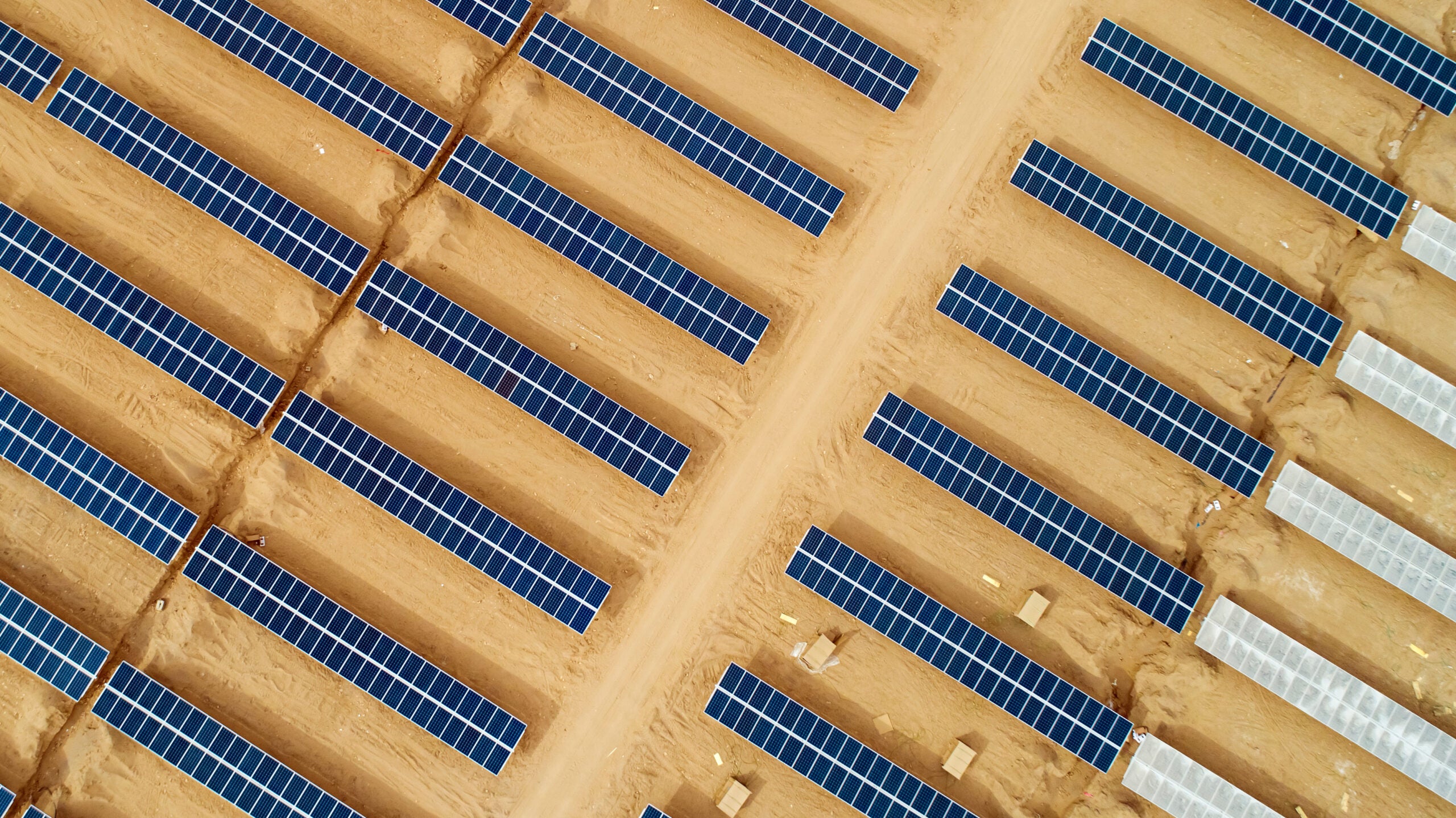Vietnam has witnessed a huge rush in solar PV projects development as the validity of attractive feed-in-tariff (FIT) rates ended on 30 June 2019.
According to the Vietnam Electricity Group (EVN) as of 30 June, a total of 82 solar power plants with a cumulative capacity of 4.46GW had been connected to the national grid.
How well do you really know your competitors?
Access the most comprehensive Company Profiles on the market, powered by GlobalData. Save hours of research. Gain competitive edge.

Thank you!
Your download email will arrive shortly
Not ready to buy yet? Download a free sample
We are confident about the unique quality of our Company Profiles. However, we want you to make the most beneficial decision for your business, so we offer a free sample that you can download by submitting the below form
By GlobalDataBecause of this, solar power now accounts for 8.28% of Vietnam’s electricity capacity. By the end of 2019, another 13 solar power plants with a combined capacity of 630MW are scheduled to be connected to the grid, raising the total number of the country’s solar power plants to 95.
From less than 150MW of total solar power installed capacity in mid-April 2019, this was a huge boost of grid connection triggered by the expiry of attractive FIT rates of USD 0.0935/kWh. This rate has been applied to all kinds of solar technologies; including ground-mounted, rooftop and floating solar projects under the FIT program between June 1 2017 and June 30 2019.
In January 2019, The Ministry of Industry and Trade of Vietnam (MOIT) proposed a two years extension of FIT until 30 June 2021; with changes in rates for the period of 1 July 2019 to 30 June 2021 for grid-connected solar power projects as well as new tariff guidelines for the development of rooftop solar.
The draft policy suggested variable FIT considering solar irradiation of the location and the solar technology used. Higher tariffs will be proposed for regions with lower solar irradiation and potential, mostly in the northern provinces of the country.
The proposed classifications for solar power projects are; floating solar power projects, ground-mounted solar power projects, solar power projects with an integrated storage system and rooftop solar power projects. The tariff level will also depend on the year of grid-connection, as there will be a gradual reduction of tariffs between July 2019-June 2020 and July 2020-June 2021.
The intention of the new mechanism is to diversify solar development and investments in different regions of the country. Currently, due to flat FIT rate, the majority of the ongoing projects are being developed in southern provinces and central highlands of Vietnam having high solar irradiation and potential.
In April 2019 the MOIT published the final draft which has extended the duration of the second FIT from 1 July 2019 to 31 December 2021. New proposed tariffs will vary from USD0.0667/kWh to USD0.1087/kWh. MOIT has divided Vietnam into four regions based on irradiance levels for differential tariff rates:
- Region I comprises 28 northern provinces
- Region II comprises 6 central provinces
- Region III comprises 23 central highlands and southern provinces
- Region IV comprises 6 central highlands and southern provinces
Compared to previous drafts, the Final FIT2 draft has the following updates:
- Increased tariff rates for floating solar projects to compensate for the higher cost of technology
- Removed FIT for solar power projects with integrated storage system due to low interest in this option
- Set a single commercial operation date (COD) deadline of 31 December 2021 (instead of 30 June 2021)
- Classified solar power projects into three groups:
- Floating solar power projects, which are defined as grid-connected solar power projects having solar PV panels installed on structures floating on the water surface.
- Ground-mounted solar power projects, which are defined as grid-connected solar power projects having solar PV panels installed on the ground, or on rooftops or attached to civil buildings and having an installed capacity of more than 1 MWp.
- Rooftop solar power projects, which are defined as solar power projects having solar PV panels installed on the roof, or attached to civil buildings, and having an installed capacity of 1 MWp or less.
Though the recent rush of solar project development was triggered by expiration of high FIT rates, the new draft policy proposals clearly showcase the Government’s intention to continue as well as spread the solar power development and investments in different regions of the country.
This diversification planned in the draft policy will help in addressing infrastructural challenges of grid network expansion and substations development, which will result in better planning in the transmission of electricity to the national grid. With the population reaching 94 million and annual GDP growth around 7%, Vietnam’s power demand is surging and it has become a hot spot for energy investors.
The country’s power generation is forecast to rise from the current level of 47GW to 56GW by 2020 and further to 123GW by 2030, according to GlobalData estimates. Solar power is expected to play a major role in this capacity growth and could even challenge coal as the country’s biggest electricity source by 2030.







Related Company Profiles
Fit GmbH
Government (Inactive)
EVN AG